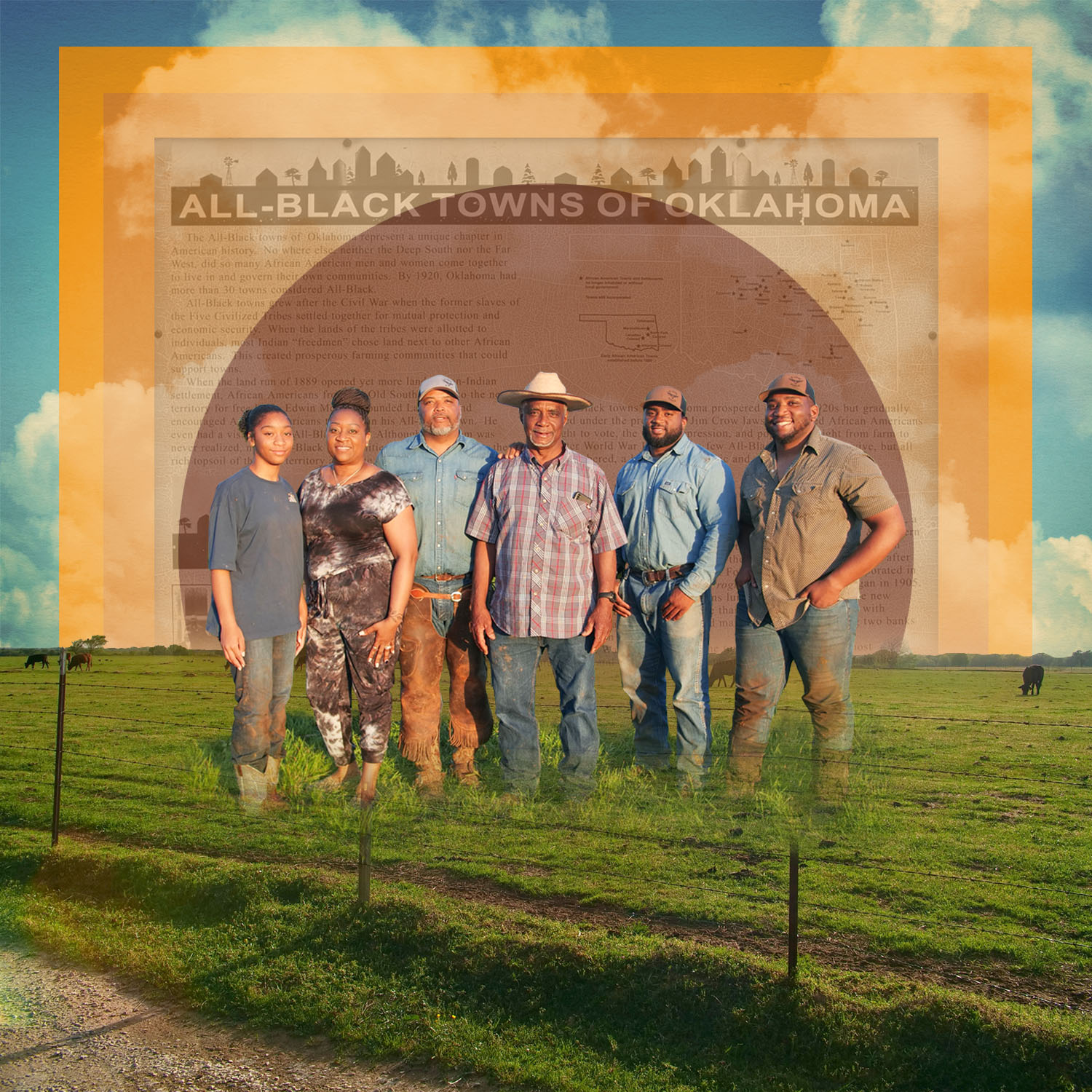Bear Meadows Added to National Old-Growth Forest Network – StateCollege.com

Induction of Bear Meadows Natural Area into the Old-Growth Forest Network
Report Summary
Bear Meadows Natural Area, a 350-acre old-growth mountain bog forest within Rothrock State Forest, has been officially inducted into the national Old-Growth Forest Network. This designation marks it as the 39th forest in Pennsylvania and the first in Centre County to receive this recognition, highlighting its ecological importance and its role in advancing global sustainability objectives.
Ecological Significance and Contribution to Sustainable Development Goals (SDGs)
The preservation of Bear Meadows directly supports several United Nations Sustainable Development Goals through the protection of its unique ecosystem and the ecological services it provides.
SDG 15: Life on Land
The designation is a significant step in promoting the sustainable management of forests and halting biodiversity loss.
- The protected area encompasses an entire high mountain fen wetland, a rare and valuable ecosystem in Pennsylvania.
- It conserves a diverse forest composition, including northern hardwoods, mixed oak species, Eastern Hemlock, and rhododendron.
- The forest provides a critical habitat for various species, including those that may be rare or endangered.
SDG 13: Climate Action
Old-growth forests like Bear Meadows are instrumental in climate change mitigation.
- The forest demonstrates superior carbon and nitrogen retention compared to younger forests, acting as a vital carbon sink.
- Preservation contributes to the cooling of ground surface temperatures, a key factor in mitigating local climate impacts.
SDG 6: Clean Water and Sanitation
The ecosystem plays a crucial role in maintaining water quality and resources.
- The forest ecosystem naturally cleanses and stores stormwater, improving the quality of local water sources.
- This initiative supports the Pennsylvania state constitutional right to pure water through the preservation of natural filtration systems.
SDG 3: Good Health and Well-being
The conservation of this natural area contributes to public health by ensuring a cleaner environment.
- The forest’s capacity to retain pollutants contributes directly to improved air quality.
- It provides a preserved natural space for public enjoyment, promoting physical and mental well-being.
Collaborative Efforts and Strategic Planning
SDG 17: Partnerships for the Goals
This achievement was made possible through a partnership between state and national organizations committed to conservation.
- The induction represents a successful collaboration between the Pennsylvania Department of Conservation and Natural Resources (DCNR) and the national Old-Growth Forest Network (OGFN).
- The OGFN, which includes 305 forests across 39 states, works to educate the public and advocate for the preservation of ancient forests.
- DCNR officials praised the partnership as a model for conservation leadership and critical for highlighting the value of mature forests.
DCNR Strategic Plan: “Forests for All”
The DCNR has launched a strategic plan that aligns with long-term sustainability, aiming to protect and enhance the state’s 17 million acres of forests. The plan serves as a roadmap with the following objectives:
- Protect and enhance Pennsylvania’s forest ecosystems.
- Connect residents to the state’s natural forest resources.
- Strengthen sustainable forestry management practices.
- Uphold the constitutional right to clean air, pure water, and environmental preservation through active public engagement.
1. Which SDGs are addressed or connected to the issues highlighted in the article?
- SDG 15: Life on Land – This is the most prominent goal, as the article focuses on the preservation of a forest, its ecosystem, and the biodiversity it supports.
- SDG 6: Clean Water and Sanitation – The article explicitly mentions that old-growth forests improve water quality and manage stormwater, directly connecting to this goal.
- SDG 13: Climate Action – The role of old-growth forests in retaining and storing carbon is highlighted, which is a key aspect of climate change mitigation.
2. What specific targets under those SDGs can be identified based on the article’s content?
SDG 15: Life on Land
- Target 15.1: Ensure the conservation, restoration and sustainable use of terrestrial and inland freshwater ecosystems and their services, in particular forests, wetlands, mountains and drylands.
- Explanation: The article is centered on the induction of Bear Meadows Natural Area into the Old-Growth Forest Network, an act of conserving a “350-acre old-growth mountain bog forest” and protecting a “high mountain fen wetland.”
- Target 15.5: Take urgent and significant action to reduce the degradation of natural habitats, halt the loss of biodiversity and, by 2020, protect and prevent the extinction of threatened species.
- Explanation: The article states that these forests “provide valuable habitat for rare and endangered species” and the preservation effort protects a “unique, rare ecosystem in Pennsylvania.”
- Target 15.9: Integrate ecosystem and biodiversity values into national and local planning, development processes, poverty reduction strategies and accounts.
- Explanation: The DCNR’s strategic plan, “Forests for All – A Plan for Pennsylvania’s Forests and People,” is described as a “road map to serving residents’ state constitutional right to… the preservation of the environment while strengthening forestry management and public engagement,” which demonstrates the integration of ecosystem values into state-level planning.
SDG 6: Clean Water and Sanitation
- Target 6.6: By 2020, protect and restore water-related ecosystems, including mountains, forests, wetlands, rivers, aquifers and lakes.
- Explanation: The article directly supports this target by stating that old-growth forests are valuable because they “retain more carbon and nitrogen than younger forests, improving water… quality” and “cleanse and store stormwater.”
SDG 13: Climate Action
- Target 13.3: Improve education, awareness-raising and human and institutional capacity on climate change mitigation, adaptation, impact reduction and early warning.
- Explanation: The Old-Growth Forest Network’s mission is to “educate the public about the ecological benefits of old-growth forests,” including their ability to “retain more carbon” and “store carbon,” which directly contributes to awareness-raising on climate change mitigation.
3. Are there any indicators mentioned or implied in the article that can be used to measure progress towards the identified targets?
- Indicator for Targets 15.1 and 6.6: The primary indicator is the formal designation of the 350-acre Bear Meadows Natural Area as the 39th Pennsylvania forest in the Old-Growth Forest Network. The network itself, which “currently includes 305 forests in 39 states,” serves as a broader measure of protected forest areas.
- Indicator for Target 15.5: The preservation of the “high mountain fen wetland,” which is explicitly identified as a “unique, rare ecosystem,” serves as an indicator of action taken to protect specific habitats and the biodiversity they contain.
- Indicator for Target 15.9: The launch and existence of the DCNR’s strategic plan, “Forests for All – A Plan for Pennsylvania’s Forests and People,” is a concrete indicator of integrating environmental preservation into state-level policy and management.
- Indicator for Target 13.3: The ongoing educational activities of the Old-Growth Forest Network and the public engagement efforts mentioned in the DCNR’s strategic plan are indicators of progress in raising public awareness about the climate benefits of forests.
4. Create a table with three columns titled ‘SDGs, Targets and Indicators’ to present the findings from analyzing the article. In this table, list the Sustainable Development Goals (SDGs), their corresponding targets, and the specific indicators identified in the article.
| SDGs | Targets | Indicators |
|---|---|---|
| SDG 15: Life on Land | Target 15.1: Ensure the conservation, restoration and sustainable use of terrestrial and inland freshwater ecosystems and their services, in particular forests, wetlands, mountains and drylands. | The induction of the 350-acre Bear Meadows Natural Area into the Old-Growth Forest Network. |
| SDG 15: Life on Land | Target 15.5: Take urgent and significant action to reduce the degradation of natural habitats, halt the loss of biodiversity and protect and prevent the extinction of threatened species. | The protection of a “high mountain fen wetland, which is a unique, rare ecosystem in Pennsylvania” that provides “valuable habitat for rare and endangered species.” |
| SDG 15: Life on Land | Target 15.9: Integrate ecosystem and biodiversity values into national and local planning, development processes, poverty reduction strategies and accounts. | The launch of DCNR’s strategic plan, “Forests for All – A Plan for Pennsylvania’s Forests and People,” which serves as a roadmap for forestry management. |
| SDG 6: Clean Water and Sanitation | Target 6.6: Protect and restore water-related ecosystems, including mountains, forests, wetlands, rivers, aquifers and lakes. | The preservation of an old-growth forest that is explicitly stated to improve water quality, cleanse, and store stormwater. |
| SDG 13: Climate Action | Target 13.3: Improve education, awareness-raising and human and institutional capacity on climate change mitigation. | The educational work of the Old-Growth Forest Network to inform the public about the ecological benefits of old-growth forests, including their ability to “retain more carbon” and “store carbon.” |
Source: statecollege.com

What is Your Reaction?
 Like
0
Like
0
 Dislike
0
Dislike
0
 Love
0
Love
0
 Funny
0
Funny
0
 Angry
0
Angry
0
 Sad
0
Sad
0
 Wow
0
Wow
0









































































